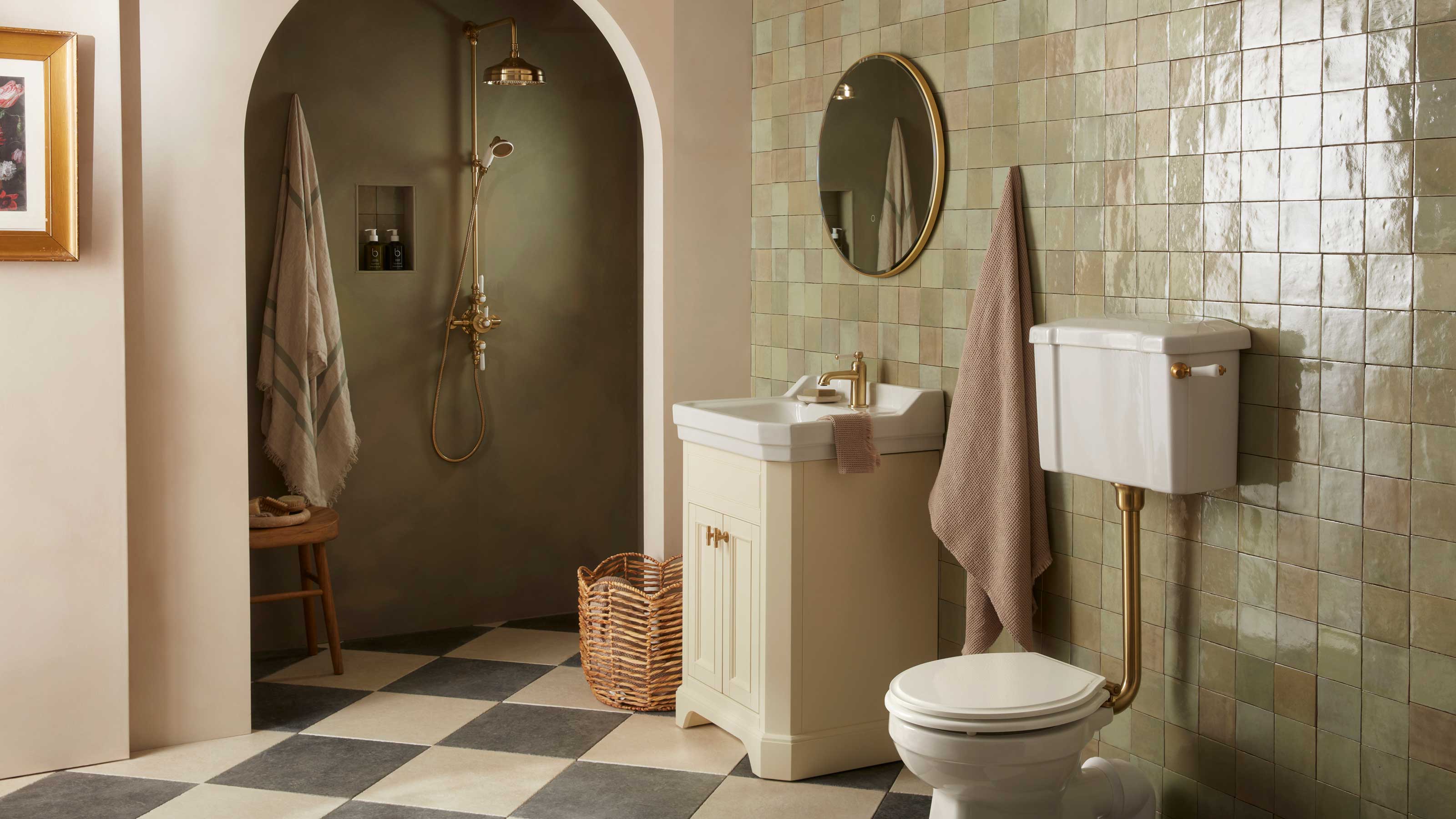
Whether you are looking for a way of squeezing in an ensuite bathroom or simply like a fuss-free finish, you may well be asking, 'does a wet room add value to a property?'
While wet room ideas remain hugely popular, care needs to be taken when designing a space that works on a practical level, as well as looking stylish. Getting this balance right is the secret to ensuring this type of room will be one that is attractive to potential buyers.
We reached out to the bathroom design experts for their tips and advice on creating a wet room that will add value, as well as being a pleasure for you to use – and the mistakes to avoid if you want to ensure your space won't deter future house buyers.
Does a wet room add value?
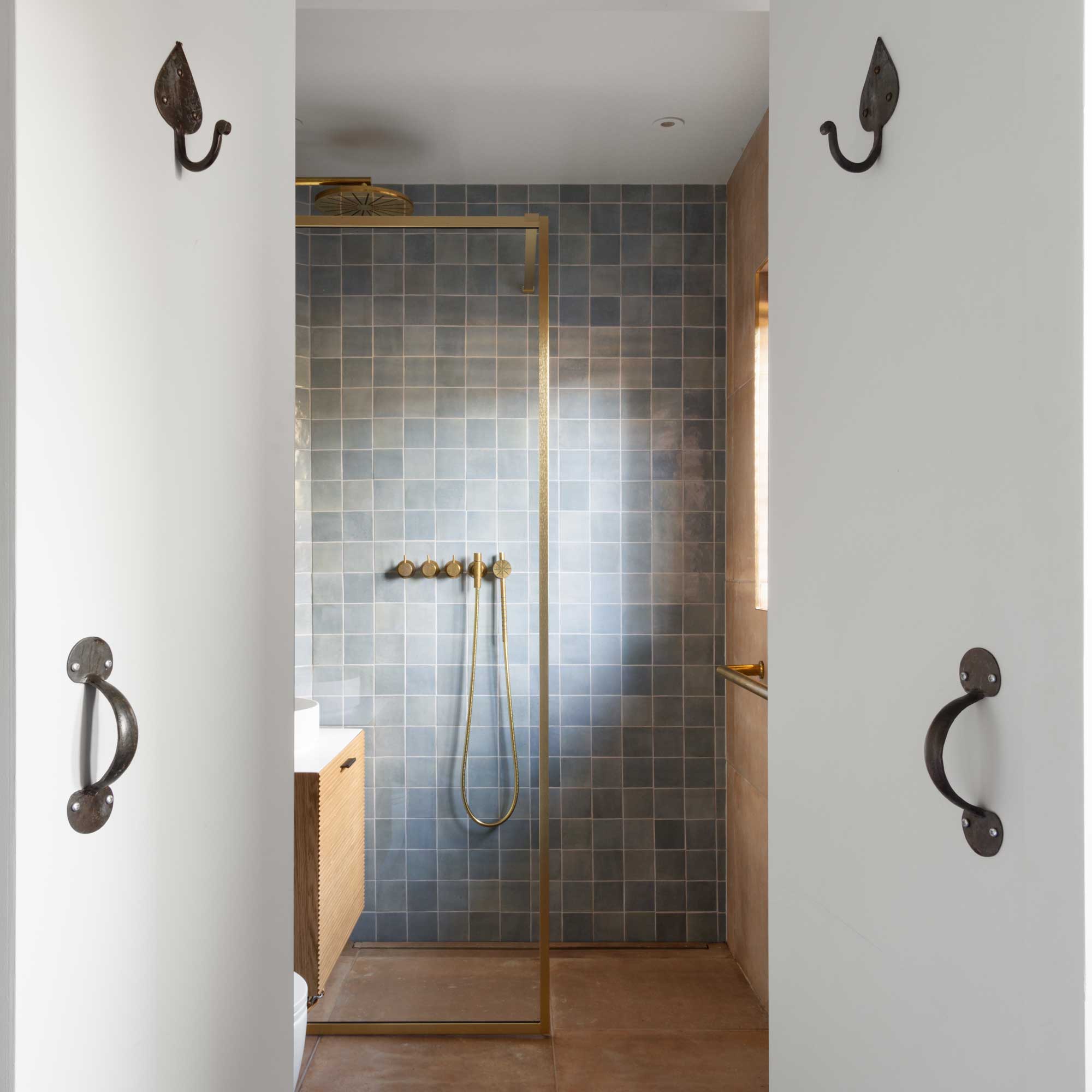
When it comes to the design of certain rooms in the house, particularly those that have a primarily functional role, such as the kitchen, bathrooms and utility rooms, you need to be aware that what works for one household won't necessarily be right for another. Wet rooms are tricky spaces to get just right and not everyone loves the idea of having no barrier between the shower and the rest of the space.
'Well-designed wet rooms can be beneficial – particularly where space is at a premium and buyers are looking for neat, hassle-free options,' says Farook Member, director and home improvement expert at QS Supplies. 'In the last two or three years, they've become increasingly popular, not just because they look neat and are modern, but due to their functional benefits for those with mobility issues or for people who want to future-proof their homes.
'Implementation is the important bit here,' Farook goes on to point out. 'It is easy for a wet room to quickly become a negative point if the installation is poor. Homeowners need to spend on high-quality waterproofing systems, non-slip flooring, proper gradients for drainage, and good ventilation to prevent mold. If you get those fundamentals right, the room can be luxurious, spa-like, and actually increase your property value.'
With that in mind, if you're wondering how to add value to your home, here's how to ensure your wet room boosts the appeal of your property and adds to its value, rather than doing the complete opposite.
How much value does a wet room add to a home?
While all the experts agreed that, just like most loft conversion ideas, a well-designed wet room will add value to a property, when budgeting for this project, it is useful to know what kind of returns you can expect.
'A high-quality wet room can boost a home’s value by 2–5%, especially in urban areas where modern design and efficient use of space are in high demand,' advises Jack Malnick, MD of Sell House Fast. 'In upscale or design-forward markets, it may contribute even more – particularly if it's part of a high-end master suite or if the home already has another full traditional bathroom.'
1. Don't sacrifice space elsewhere for your wet room
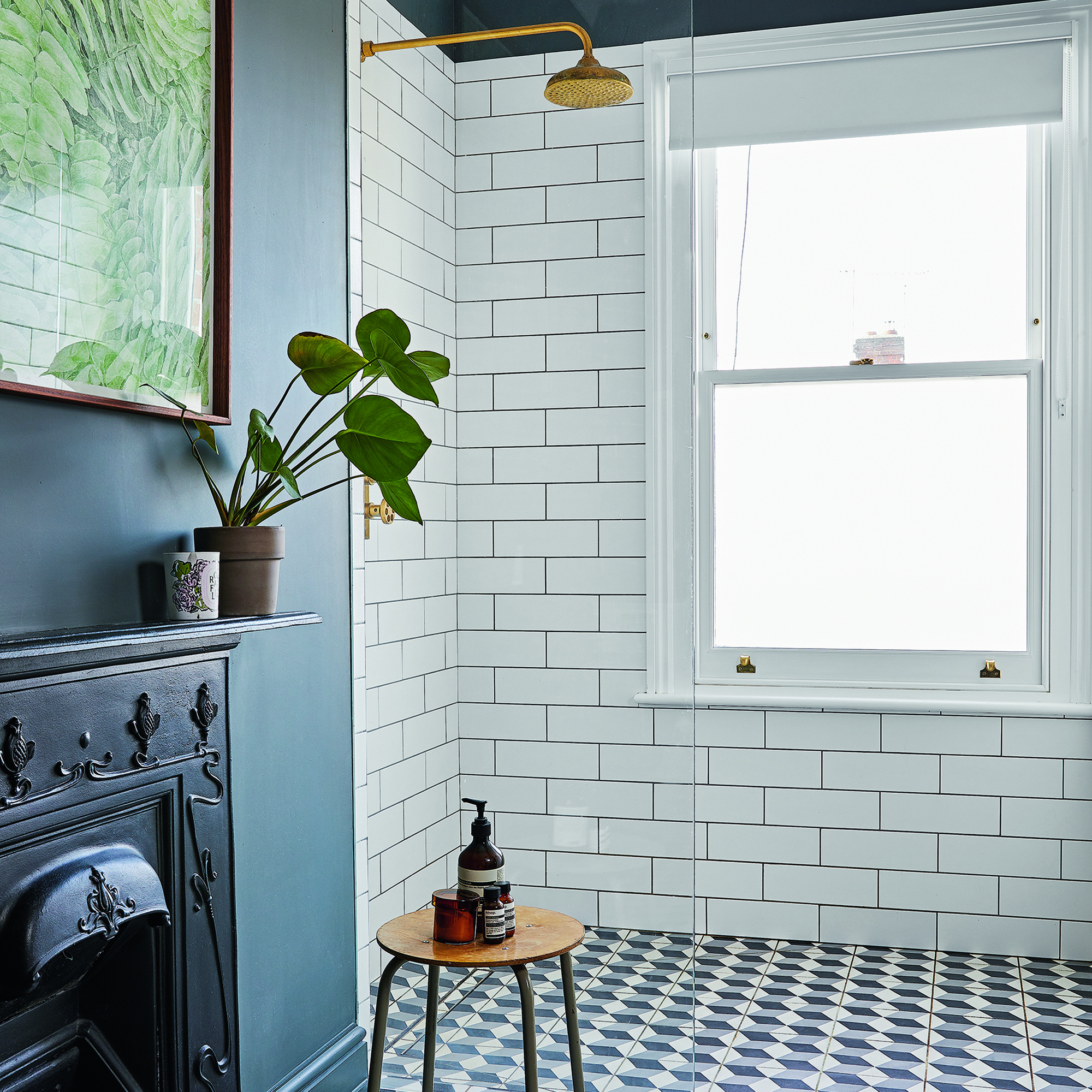
If the creation of a wet room means stealing space from elsewhere in your home, or forgoing full bathroom ideas, you might want to give it a miss.
'Removing the one bathtub on the property in order to fit in the wet room may deter some buyers, particular those with younger kids,' explains Farook Member. 'Think of it as an upgrade – like underfloor heating or custom cabinetry – it’s those things that the buyers will remember.'
'Buyers increasingly prioritise homes with multiple bathrooms, especially en-suites or guest spaces, and a second wet room can dramatically boost both liveability and value,' picks up Louise Ashdown, head of design at West One Bathrooms. 'However, it’s all about proportion,' she continues. 'You never want to compromise the usability of another room just to squeeze in a wet room.'
2. Invest in fault-free waterproofing

To ensure your wet room adds value and doesn’t deter buyers, be sure it’s designed and fitted to a high standard, with quality materials – just as you would with any en-suite ideas.
'Most importantly, your wet room should be waterproof,' says Jack Malnick. 'Professional tanking and waterproof membranes are essential to prevent leaks and long-term damage.'
'There are several ways to waterproof your bathroom,' picks up Kerry Hale, bathroom expert at Mira Showers. 'The most comprehensive method is tanking, which essentially turns the whole room into a tank from which no water can escape. If you’re creating a wet room, then you’ll need to tank the room. Waterproof wall panels for bathrooms are highly effective but you need 100 per cent assurance that no water can escape, as the damage could prove costly.'
3. Install the right drainage and ventilation systems
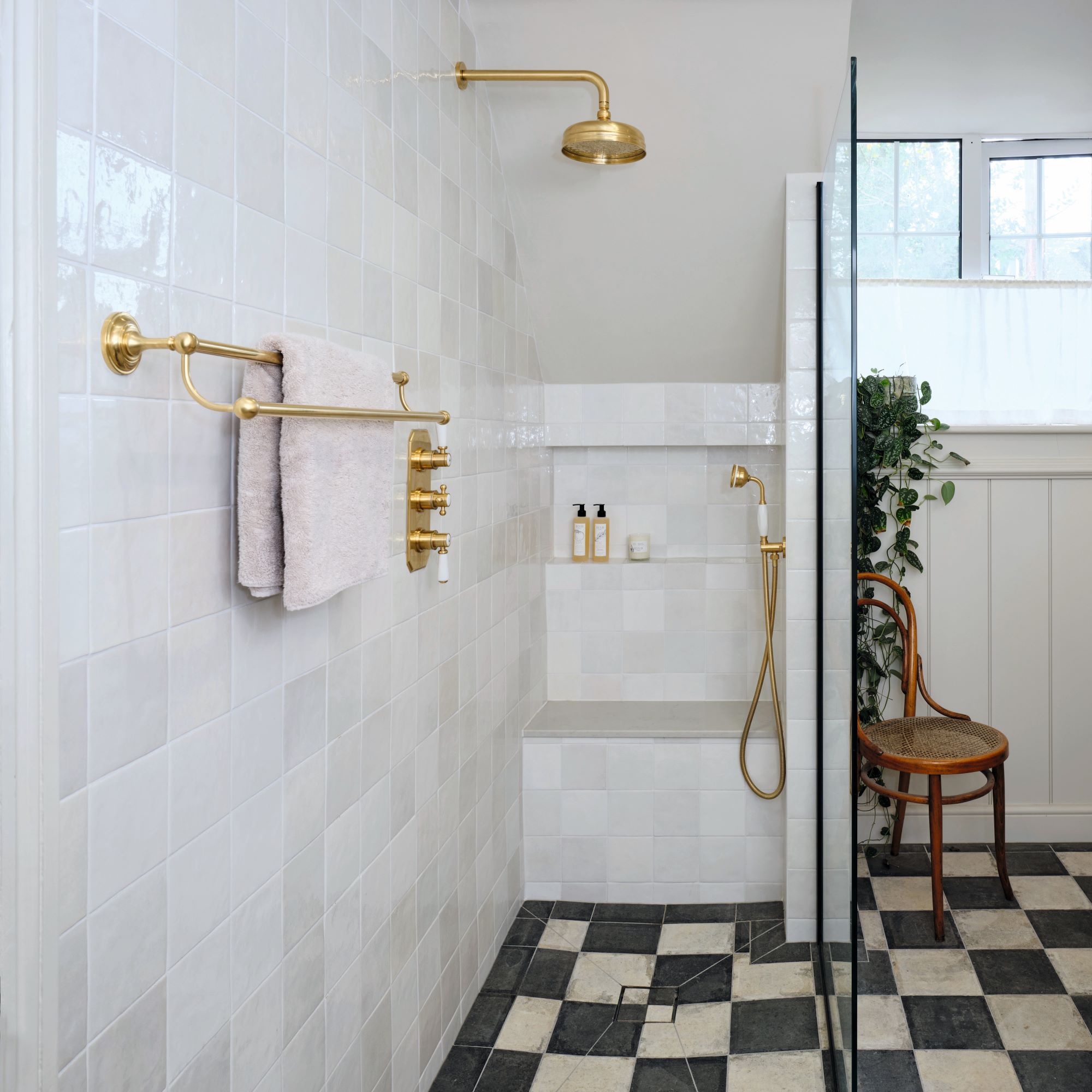
Getting the design details of a wet room right is vital if you want this to be a space that helps sell your home. One of the biggest areas where this type of space fails is drainage. Unless this element is designed properly, water will pool and the space just won't dry out.
'The floor needs to be on a gradient so that all the water is directed towards the drain,' explains Kerry Hale.
'Drainage and ventilation need to be a priority,' picks up Jack Malnick. 'Add a properly sloped floor and high-quality drain system to keep the space dry and comfortable then manage humidity by fitting efficient bathroom extractor fans to prevent mould.'
4. Consider fitting a shower screen for peace of mind
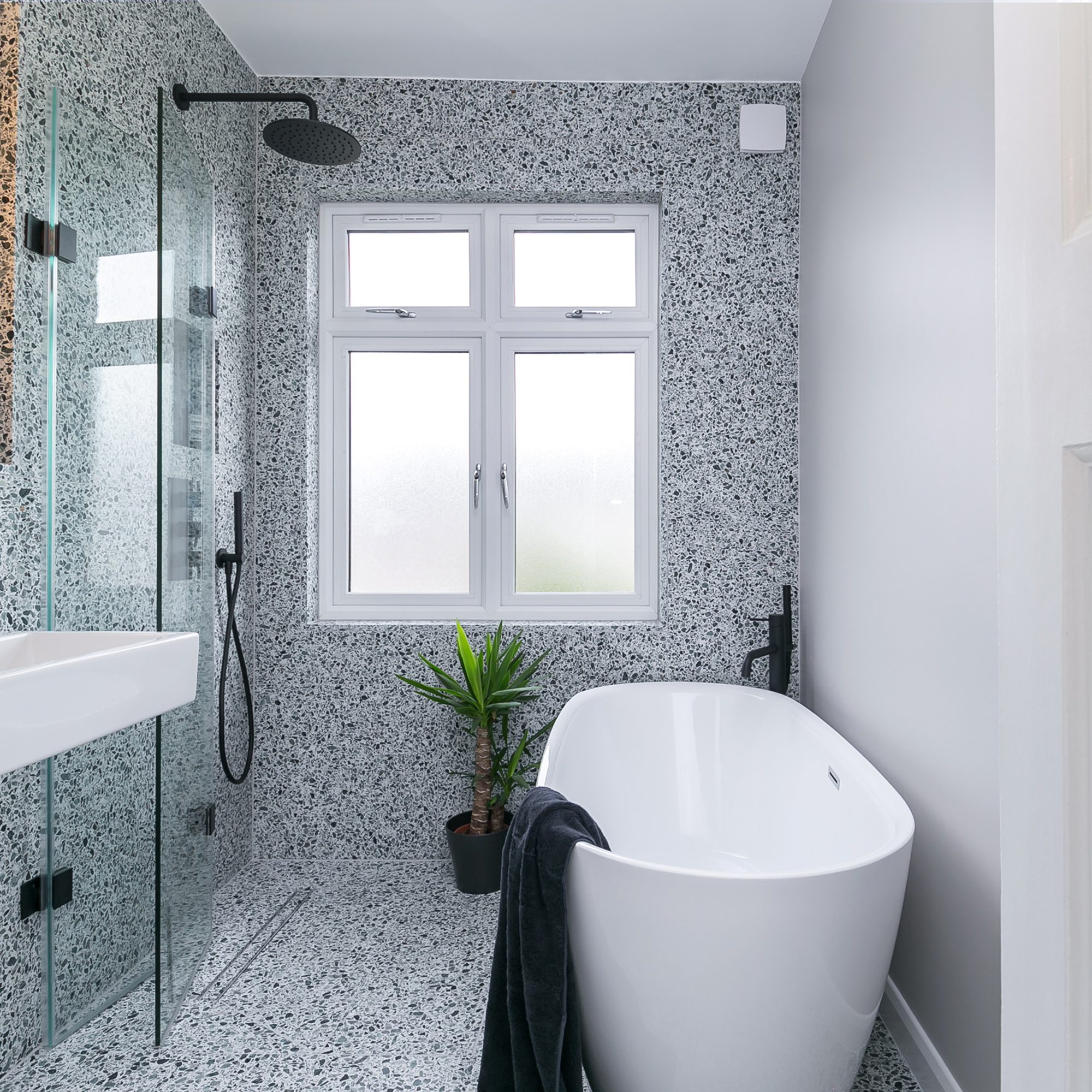
For some people, the idea of a shower room with no separation whatsoever between the showering area and the rest of the room is just too much of a worry. For this reason, taking a look at the seamless shower screen trend and fitting a sleek and subtle glass divide could be a smart move.
'While the open-plan feel is part of a wet room’s appeal, including a carefully placed glass shower screen can make all the difference,' says Richard Eaton, senior design manager at Tissino. 'It helps define the space without interrupting sightlines and, most importantly, it prevents the entire room from becoming drenched every time you shower.
'Opt for minimalist frameless screens to maintain that airy, open look,' continues Richard. 'It’s this blend of good design and practical function that ensures the wet room feels luxurious rather than purely utilitarian and that’s what adds lasting value.'
5. Plan your layout carefully

The issue most people have with wet rooms is that, with no physical barrier between the shower and the rest of the room, there can be a tendency for the areas you want to stay dry to get wet. This is where the right bathroom layout plans come in.
'A thoughtful layout is key," agrees Hayley Bowman, design manager at Frontline Bathrooms. "Keep the space open and avoid cramming in too many fixtures."
Think on a practical level here too. Soggy towels and toilet paper are never going to be a strong selling point. Position heated towel rails where spray won't reach them and consider keeping your toilet space separate.
6. Elevate the space with extra touches
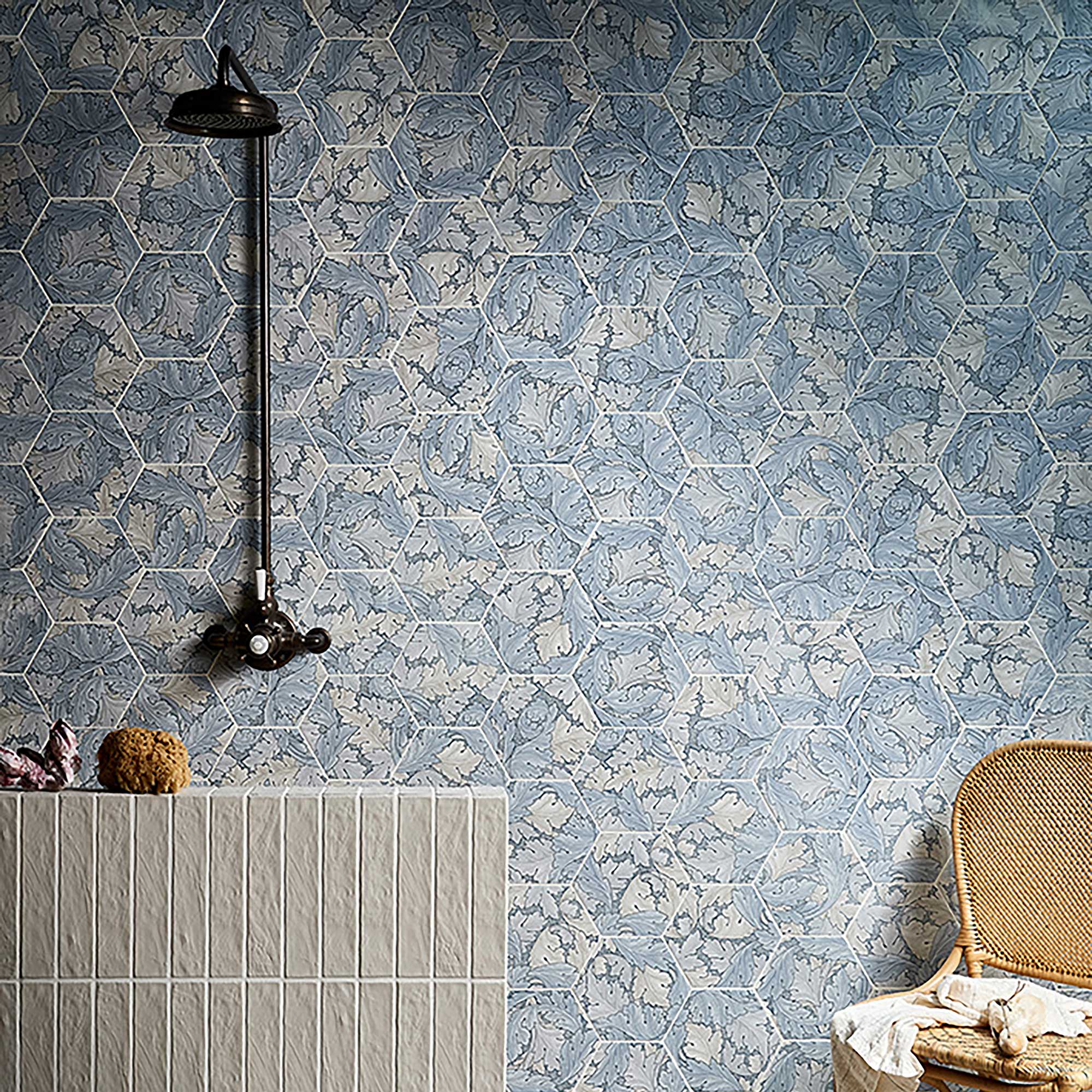
Practical issues aside, there is more to a wet room that drainage and ventilation – it needs to be designed to feel luxurious to benefit your home as whole and add value.
'In high-end homes, wet rooms aren’t just a nice-to-have, they’re part of what buyers expect,' says Louise Ashdown. 'They create that luxurious, hotel-style feel that instantly elevates the entire property. The key is in the detail: think large-format tiles, statement brassware, and clever drainage solutions that keep the space looking beautifully streamlined. When a wet room is designed with that level of precision, it not only enhances everyday living, it adds genuine desirability and value to the home.'
That said, ensure the room has mass appeal rather than slavishly following the latest bathroom trends if you plan on selling soon.
FAQs
What is the average cost of a wet room?
While it is impossible to give an exact figure for what your wet room will cost, bear in mind that, according to Checkatrade, the average price is £8,000.
While, in the early stages of planning a bathroom, you might be keen to keep costs down, make sure that you don't end up with a space that may actually put potential buyers off – and be sure that you are doing the right thing in opting for a wet room over a bathroom.
'While it’s relatively easy to convert a traditional bathroom into a wet room, reversing the change can be more complex and costly,' warns Jack Malnick. 'For broader appeal, it’s often wiser to retain a conventional layout unless the wet room is part of an en-suite or secondary bathroom.'
Wet rooms are perfect for homeowners after both large and small bathroom ideas, but in very compact spaces, do take time to consider how you will prevent water spray from drenching towels, toilet paper and so on.







